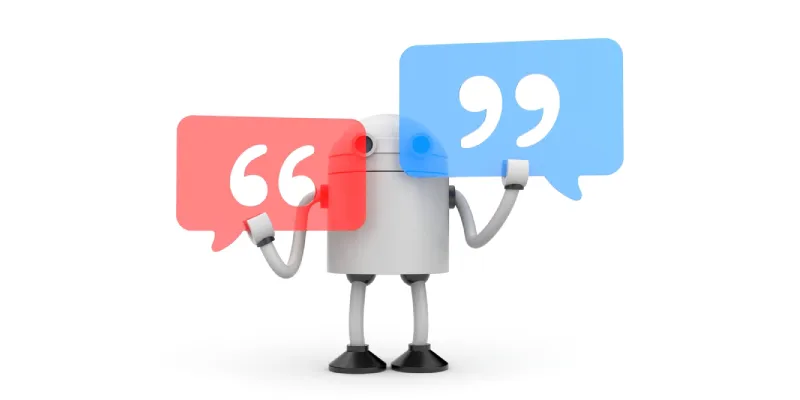Machine Learning and chatbots: The technology behind neural conversational agents
“Machine learning is what can save a computer from being simply stupid.”
Machine Learning is a branch of AI which is based on the idea that machines should be able to learn and adapt through experience. It is a method of data analysis that automates analytical model building. In simple words, it ensures that computers can learn through experience.

Chatbots are algorithmic conversational agents which companies are coming up with to interact with their customers.
So how these are even related?
Where do we find Machine Learning applications?
In this age of Internet of Things when AI is the hottest topic under discussion, machine learning has found almost universal acceptance.
The basic idea is that by integrating learning with experience, algorithms can make better decisions without human intervention.
Ever wondered how Google and Facebook are always ready with ideas that interest you? How Amazon and Alibaba just know what items you will “like” to buy. And how Netflix suggests the best shows?

All this has been made possible with the integration of Machine Learning in their algorithms which collects browsing data and based on history, learns about the consumer and “suggests” on similar lines.
Machine Learning integrated with chatbots
A conversation with Siri or Google assistant will help you realise their limited conversational skills. Playing songs and setting up alarms are their areas of expertise but an attempt at a general fun conversation will probably end in vain.
This limited functionality has been a big barrier for chatbots and Machine Learning is an attempt to target this. With experience the chatbot learns responses to different queries and hence increases its functionality. The use of machine learning thus seems very natural for chatbots.
This simplicity has attracted different experts and wonderful work is being witnessed in this direction. The fact that human behaviour is largely repetitive makes it feasible to invest and work on the concept of machine learning for chatbots.

Building neural conversational agents
With the integration of machine learning, chatbots have come ahead from the hard coded cases of ELIZA to the evolving cases of Alexa and Siri. This has enabled to build neural conversation agents which are our best attempt at conversing in natural language.

This is the structure as to how it appears to a chatbot. The user’s statements make up the context and based on it, the chatbot comes up with a reply.Now to explain Neutral Network magic, the basic idea of learning by experience must be kept in mind. So this is how it works.

There are several models on which the neural network conversational models are built. Two of them have been discussed in this article.
- Generative model
This is the simplest model and works on a sequence to sequence basis.

In simple terms, it goes layer by layer coming up with the best possible reply based on past experience. As a result it is often more reliable but slower and has its own limitations. Adding more layers to the process makes it more efficient.
- Selective or ranking model
This model works on the basis of ranking the context statements instead of going sequentially. As a result it comes up with quicker replies but is more prone to committing mistakes. This is a more recent approach and has great future implementations.
Despite the lucrative offers of ranking model, generative model finds greater acceptance and is the subject under study for many developers. In the near future, we expect to improve the efficiency of the generative model adding greater number of layers.
The most important requirement is to eliminate the inconsistent replies. That is the major topic of concern when it comes to neural conversation agents.
What do we expect with the advancements being made?
Complete human-like conversation might not be on the cards soon but with the integration of Machine Learning to build neural conversational agents, sooner than later, Siri and Google Assistant will be able to do more than just setting the alarm and making a call.
As the chatbots learn and act, companies can look forward to greater customer satisfaction and improved interaction. With chatbots adapting to the customer’s mood, revenues are bound to increase.
Rest assured, the future seems “smoothly conversational”.
Time to beat the Turing test!
(Disclaimer: The views and opinions expressed in this article are those of the author and do not necessarily reflect the views of YourStory.)







